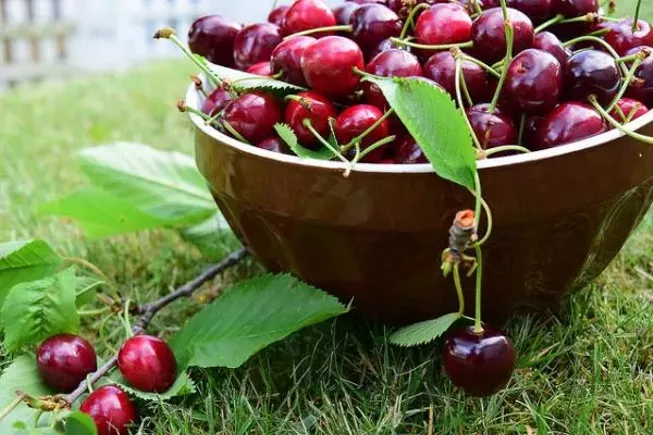

Furthermore, Campania displays very diversified environmental and phytoclimatic characteristics that contribute to the formation of particular agro-pedo-environmental contexts so to permit specialized and selected cultivation traditions. Conservation strategies, then, recognize, on one side, its absolute value in terms of biological and cultural heritage and, on the other, imply and justify its potential use in agricultural future programs 16, 17.Ĭampania Region is notoriously recognized as an area with a strong agricultural tradition starting from the Roman civilization times (the famous “Campania Felix”). A molecular tool largely employed to detect such a genetic signature is represented by Simple Sequence Repeats (SSRs), recognized as useful genetic markers in plants and in animals due to their high degree of polymorphism, abundance in genomes, co-dominance and suitability for automation 15. This can be obtained through a specific “DNA fingerprinting” that can be used for traceability and for selecting diverse individuals with desired quality traits as breeding parents 6. In order to design appropriate conservation and management strategies, it is mandatory to acquire information on the genetic characteristics of the cultivars under investigation and relatedness among them 11, 12, 13, 14. Their survey is a crucial goal to be pursued because loss of autochthonous cultivars is an indicator of biodiversity erosion that can lead to complete extinction of that variety and, ultimately, of the entire territory features 10. In line with this reasoning, numerous international institutions and individual countries have developed a conservation-oriented strategy that involves the recognition, identification and conservation of traditional endangered varieties 8, 9.

Traditional cultivars, however, have been reported to have a reduced, if any, market value and relegated to a marginal role it could be argued, instead, that their absolute value is much higher than the sole monetary one 4. Several authors 3, 4 have emphasized on traditional cultivars being one of the main sources of biodiversity, therefore the access to germplasm should be one of the pillars for sustainable agricultural development 1, 5, 6, 7. The so-called “local varieties” are, therefore, a significant component of agro-biodiversity 1, 2. The territories, where this selection was practiced, were generally confined and characterized by geomorphological and environmental features that guaranteed context specificity and characteristics so that a specific cultivar can be defined typical or autochthonous. Over the centuries, farmers have deliberately selected and preferentially cultivated certain cultivars due to their fruit qualities (genes/phenotypes) and their adaptation to specific habitats. In conclusion, we propose a novel methodological approach based on molecular, geo-pedological and cultural parameters with the aim to recognize biocultural refugia and preserve endangered or valuable cultivars.Īgro-biodiversity is characterized by the interplay of “natural resources” with the micro-environment, management and agricultural practices. When we overlaid the cultivation traditions and cultural heritage, we found they have a dominant role on these premises, we generated new territorial maps. We correlated these environmental parameters, typical of the identified areas, with the three genetic pools and found a statistically significant association for each cluster. Survey of the cultivars’ geographical distribution by quartic kernel function identified four preferred districts further characterized for soil origin, pedologic, agronomic features and urbanization impact. By structure analysis we identified three distinct genetic clusters, each characterized by common and distinct alleles.

We genotyped the sweet cherry cultivars of Campania region in southern Italy by using simple sequence repeats and further investigated them by cluster analysis, disclosing a homogeneous genetic constitution, different from that of commercial accessions. To this end, we set up a multidisciplinary approach based on the genetic analysis of selected cultivars and recognition of the environmental parameters. Several strategies have been designed and programmed to reduce biodiversity erosion due to anthropic and non-anthropic causes. Conservation of agrobiodiversity is a major concern worldwide.


 0 kommentar(er)
0 kommentar(er)
